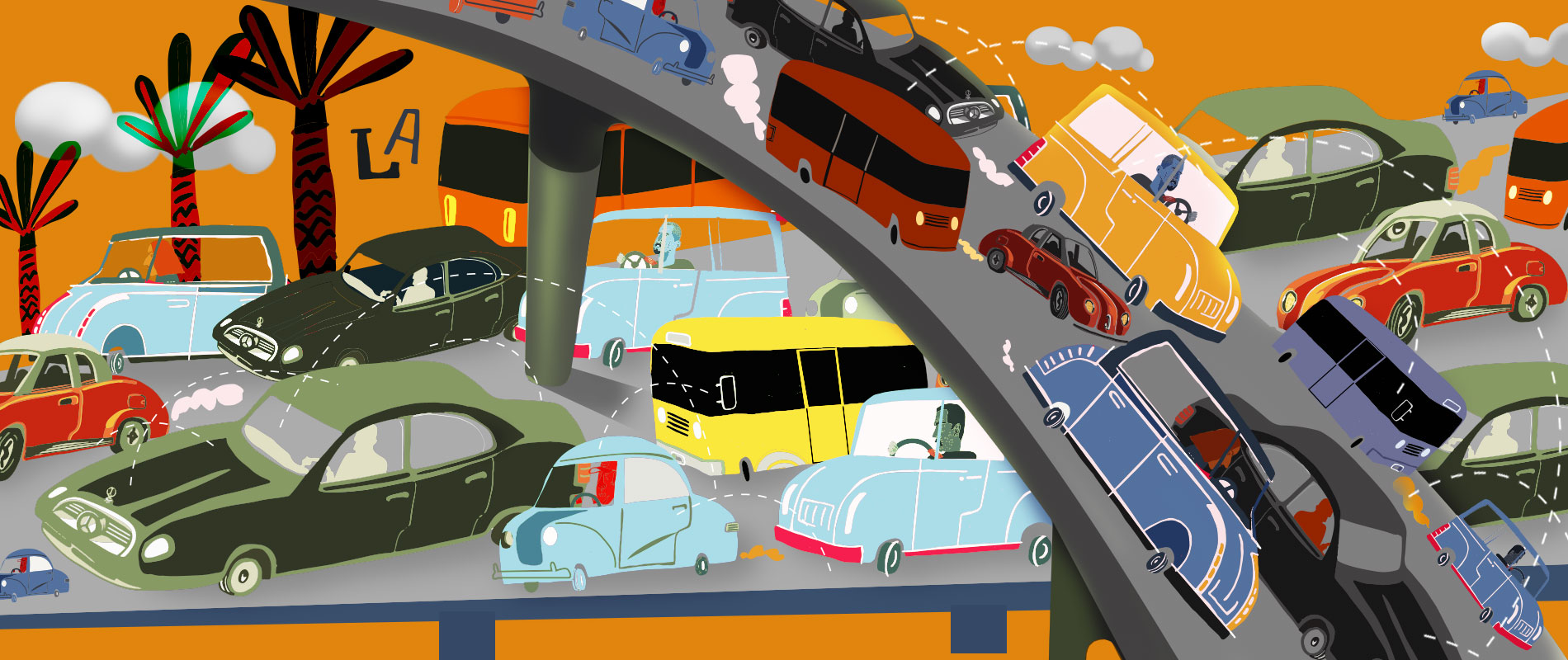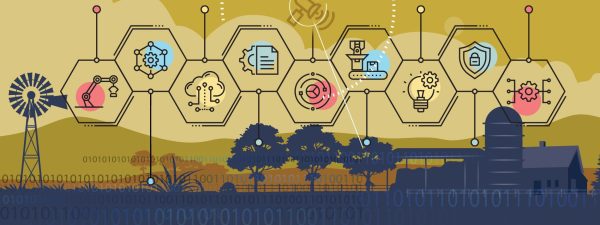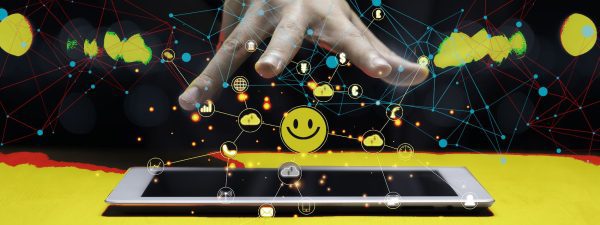From Los Angeles to San Diego, traffic gridlock is a maddening fact of life. However, cutting-edge technology can alleviate the crushing freeway congestion that robs California motorists of their time and energy.
One thing is central in these processes—gathering and processing data on a rapid scale. Educated guesses based on historical trends can be supplemented with real-time data-based decisions that are better for our citizens and the environment.
How technology can make things better
First is the Internet of Things (IoT). These are low-cost devices embedded with sensors and software that exchange data with other systems. 5G networks transmit that information to a spot where, through the intelligent use of analytics based on artificial intelligence (AI), we can assemble real-time insights and responses. Small highway cameras can use AI to recognize car accidents, then update citizens with location coordinates and workarounds. If a concert at Pechanga Arena finishes at 10:30 p.m., traffic light durations in nearby neighborhoods could be tweaked to help move the rush of cars out of the area more quickly.
One of the largest issues in California is the sheer volume of traffic, day and night. Regular road maintenance can cause significant disruption. AI-based analytics might be able to determine the best time to do maintenance efficiently to avoid reroute or delays. Over time, these machine learning algorithms can spot patterns in the traffic data they process. In turn, city engineers can leverage the information to reimagine traffic flows, signals, and signage to make improvements.
Making these improvements also improve safety. Many of America’s roads and bridges are well past the age for which they were designed. According to the 2021 Report Card for America’s Infrastructure from the American Society of Civil Engineers, 42 percent of 617,000 bridges in the U.S. are well past the average lifespan of 50 years. Over 46,000 of these bridges are considered “structurally deficient.”
Retrofitting these aging structures with IoT devices helps actively monitor their state of disrepair and diagnose potential problems early, avoiding the cost and inconvenience of unanticipated repairs while spotting problems before they become hazardous.
On a larger social scale, IoT-enabled street lighting systems can promote urban and economic development by automatically dimming or turning on lighting in parking lots, pathways, and public venues. For these tech-based traffic improvements to succeed, it will take a thoughtful coalition of government agencies, project developers, industry experts, urban planners, and citizen feedback. Companies must follow core principles grounded in commitments to transparency and integrity that guide the handling of data-formed insights. The purpose of AI is to augment human intelligence, not usurp it–these systems must be explainable and trustworthy.
Possibilities exist
The Smart Streetlights project in San Diego began as a cost-savings effort for the city to replace high-energy use streetlights with more efficient LED lights. It also involved the deployment of 3,200 smart sensors. The nodes would collect data that could direct drivers to open parking spaces, help first responders during emergencies, track carbon emissions, and identify intersections that can be improved for cyclists and pedestrians. However, community members raised understandable fears of potential surveillance, civil rights abuses, and over-policing in communities of color. In September, then-Mayor Kevin Faulconer ordered the cameras turned off until the city crafts an ordinance to govern surveillance technology.
For centuries, roads were designed and constructed in pretty much the same way. They were the product of industrial processes, functionally inert and unresponsive to the changing environment. That approach no longer works.
Instead, we must think about highways as dynamic systems that are more than asphalt and steel. Roads must become living objects, attuned to the environment and the needs of those who travel them. Ultimately, we must go beyond that static vision to create smarter cities that are more responsive to our everyday needs. Our roads must become living objects, attuned to the environment and the needs of those who travel them every day.
Integrating new technology into old infrastructure may sound like a lot of work, but it’s a big step in the right direction. If IoT can greatly enhance one user’s standard of living, think about the possibilities of convenience and productivity when we live in smart cities. Can this miracle be achieved? Only time will tell




